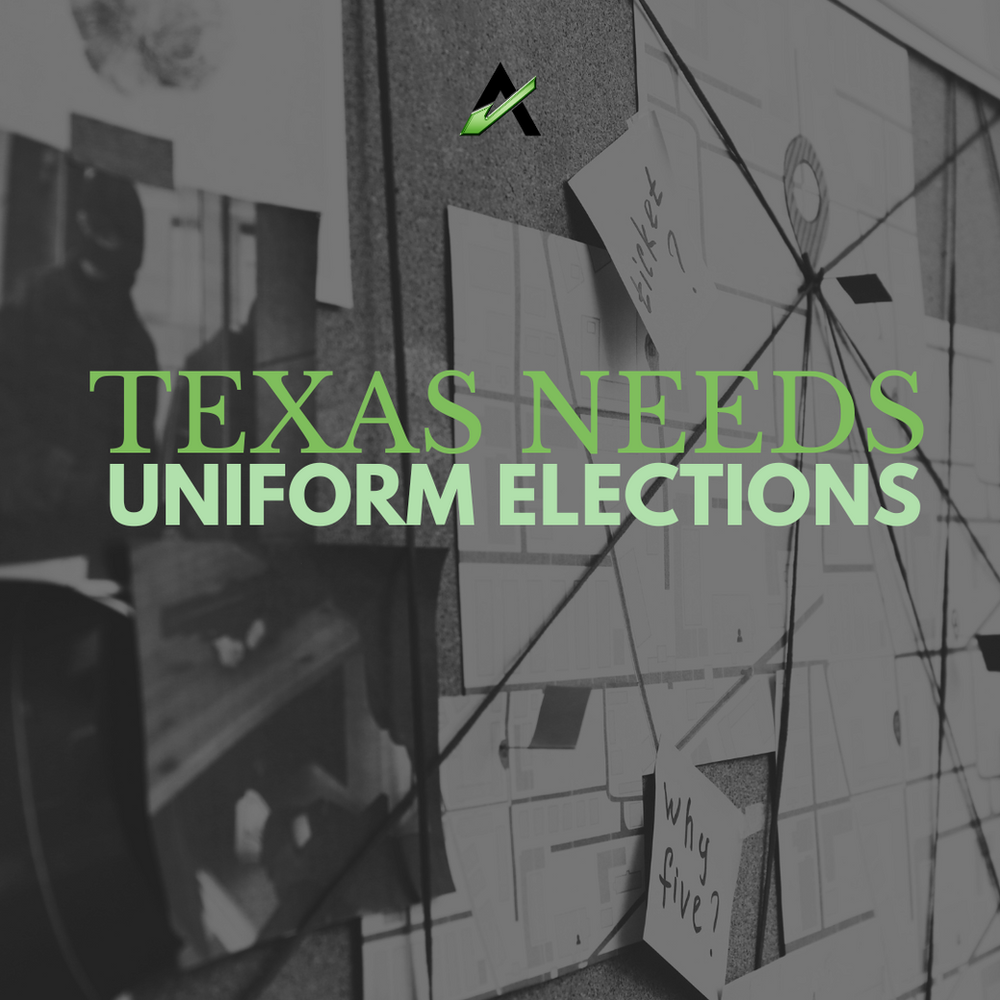Texas local elections are a tangled mess, often lacking accuracy, transparency, and accountability. Cities, schools, hospital districts, MUDs, etc., can run elections rife with mismanagement and face few consequences.
In Texas, we have 254 counties that run their elections in 254 different ways. Their elections can be run by Elections Administrators, County Clerks, and Tax Assessor-Collectors. This diversity can be protection against widespread fraud. However, when you add about 2000 water districts, 1700 municipalities, 1200 school districts, and countless other political subdivisions, all with the ability to run elections separate from the county, the variations can get out of control.
All of this has contributed to an Election Code riddled with exceptions, loopholes, and a lack of real standards. The offices of the Secretary of State and Attorney General have issued countless opinions and advisories in an attempt to clarify the Code, but election officials, legislators, and ultimately voters are still left confused and potentially disenfranchised.
When entities hold their own elections, voters can struggle to find information about polling locations, voting times, and even who is on the ballot. In smaller districts, polling locations can be open as few as 4 hours a day and only on weekdays during early voting. Combining these smaller elections with November elections would increase opportunities for voter turnout. Also, if an entity has not contracted with the county for its election, voters are unable to track their mail-in ballots. Only the counties have access to the systems that enable tracking.
What is the answer?
We must simplify the process with uniform elections. First of all, all entities must contract with the county or counties in which they operate. The county elections office would administer all of the elections in that county. Centralizing this responsibility increases accuracy, transparency, and accountability because the Election Code sets a higher standard for county election officials. Citizens would also have the ability to build trust through transparency and accountability with just one office instead of every special purpose district in which they reside.
Then, all elections would be moved to a uniform date, eliminating local elections in May. The first step in this process could be moving the vast majority of them to November elections in odd-numbered years. Those years are opposite the Presidential and Gubernatorial elections and tend to have much smaller ballots, allowing them to accommodate more races.
The next step would be adding primary elections to the odd-numbered years and eliminating the charade of non-partisan elections. All elected officials would now run through a Republican or Democratic primary election, be selected through another party’s candidate nomination process, or run as an independent. This would fit nicely with closed primaries where all voters would have a declared party of choice.
The continuity of the election process would result in a higher turnout for elections. Voters who want to take part in the party nomination process would be accustomed to voting each March. Other voters who prefer to vote only in general elections would still be able to do so every November. Of course, there would still be the potential for runoff elections, as always, but the typical number of elections each year would still be consistent or reduced.
Uniformity in when, where, and how the elections are run would improve accuracy, and uniformity in who runs them would increase transparency and accountability. All of that would increase trust in Texas elections, which is vital to our Republic.

